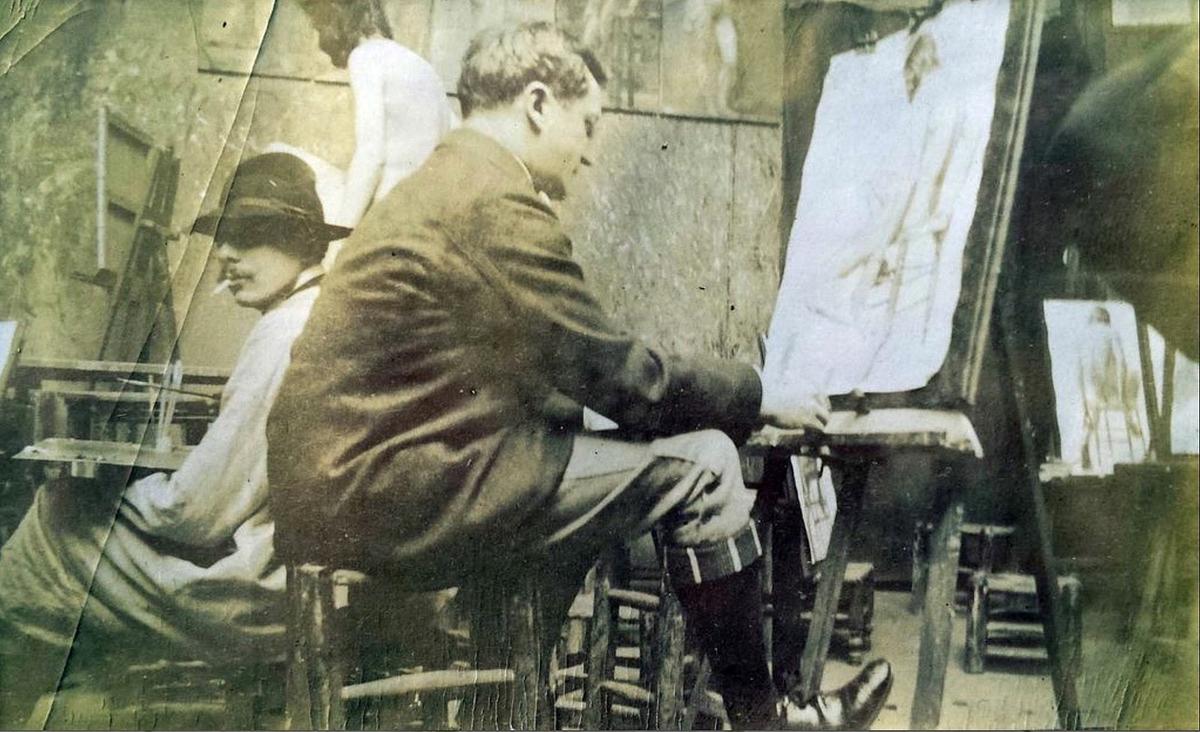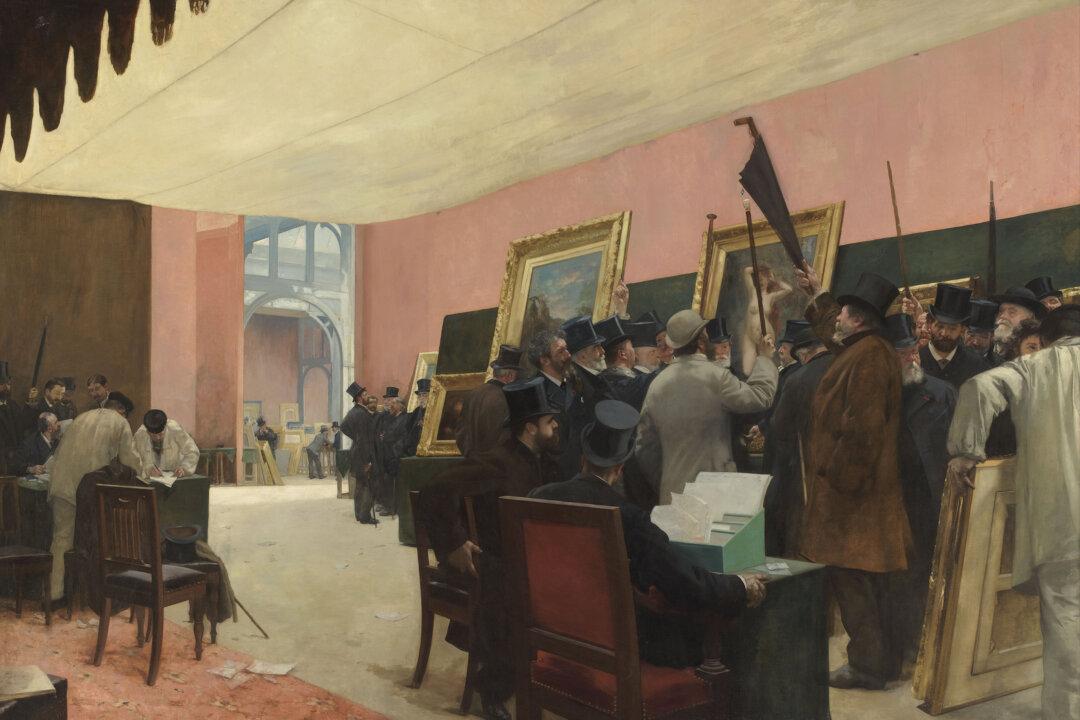Every day, we wake up and we hurry to our jobs or to school. We become part of a routine that seems to encapsulate us. In this series, we will take a moment from our hectic, fast-paced world, step outside of our routine, and imagine what life may have been like across cultures and eras.

“Artist and Journalist Rob Wagner Training at the Academie Julian in 1903,” in 1903.





